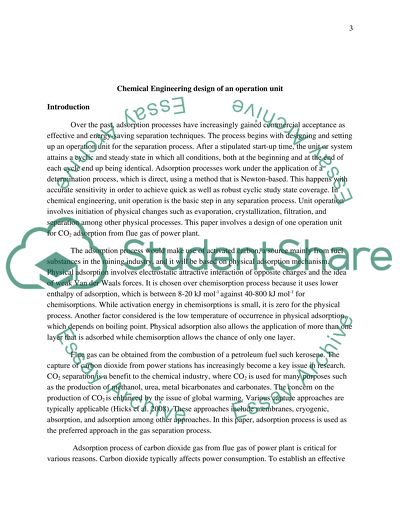Cite this document
(“Chemical Engineering design of a operation unit Essay - 1”, n.d.)
Retrieved from https://studentshare.org/miscellaneous/1627177-chemical-engineering-design-of-a-operation-unit
Retrieved from https://studentshare.org/miscellaneous/1627177-chemical-engineering-design-of-a-operation-unit
(Chemical Engineering Design of a Operation Unit Essay - 1)
https://studentshare.org/miscellaneous/1627177-chemical-engineering-design-of-a-operation-unit.
https://studentshare.org/miscellaneous/1627177-chemical-engineering-design-of-a-operation-unit.
“Chemical Engineering Design of a Operation Unit Essay - 1”, n.d. https://studentshare.org/miscellaneous/1627177-chemical-engineering-design-of-a-operation-unit.


